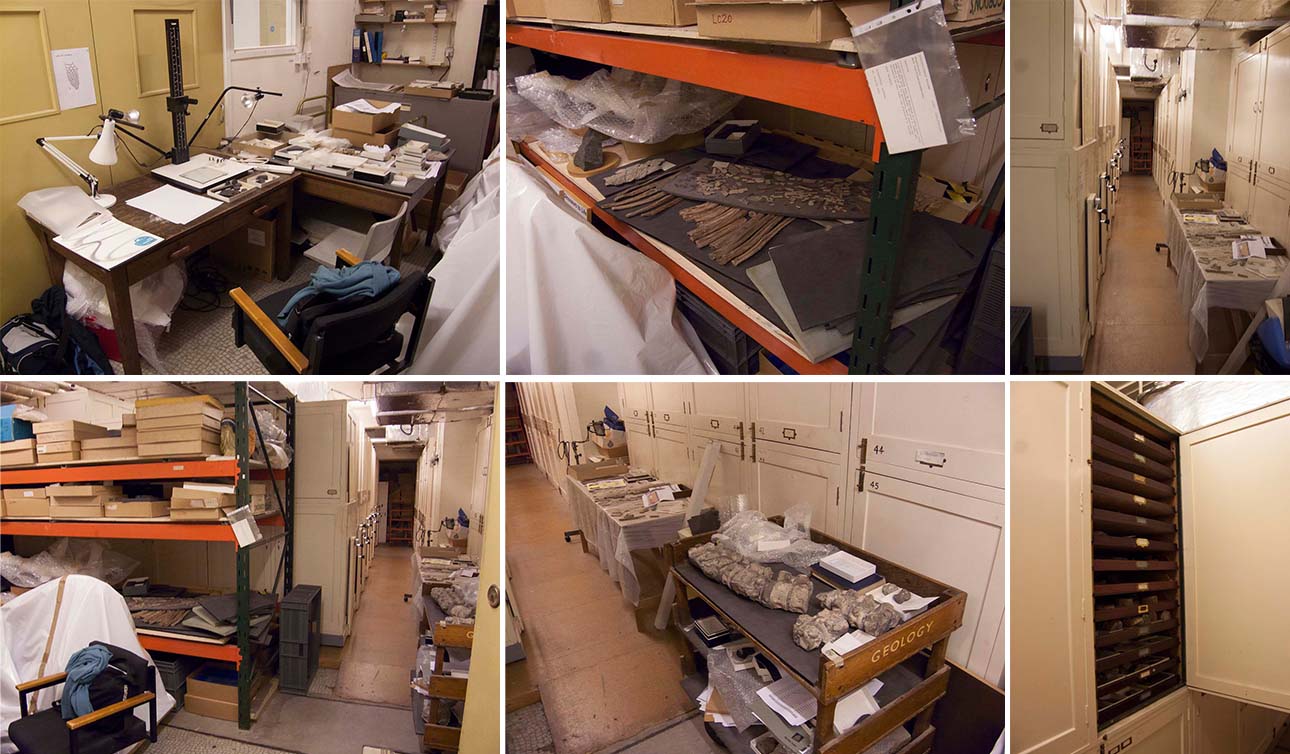Of Leicester, the apple in its own eye
This past week A few weeks ago, at the beginning of August, I went
to Leicester; ‘why’ you might ask? That’s a very good question, and one
that I might not be able to answer if I didn’t already have a reason for
being there. Y’see, the wonderful thing about palaeontology is the
abundance of fossils that one can, and indeed must, study, look at,
fondle and generally enjoy. (Occasional trips to bathroom may be needed
if the experience proves too stimulating.)
The thing about Leicester is that is has a museum (actually it has several, but let’s ignore the rest for now), rather nicely titled the New Walk Museum; however, this is rather unimaginative as it is located on New Walk. Hidden within the bowels of the New Walk Museum, where few people dare to tread (not entirely without reason) are the concealed treasures that every such place possesses.
So why did I go to Leicester particularly? The museum houses a large collection of material from the Oxford Clay Formation of the Peterborough area. Much of this was collected in the late Nineteenth and early Twentieth Century and later donated by a Mr R. Swales. Of course, collecting from the Oxford Clay at this time was highly fashionable: Alfred Leeds had recently sold a sizeable collection to the British Museum of Natural History (now the Natural History Museum) in London and was on his way to making another one. The Oxford Clay is famous for the amount of vertebrate material found in the basal ‘Gryphaea and Reptile Beds’, including one ichthyosaur in particular: Ophthalmosaurus. The collections at Leicester are significant; I counted around 100 individual catalogue numbers, with many of those having several pieces or elements included, a lot of which I photographed.
So, what did I learn? For me, quite a bit, having not had the chance to take a lengthy, up-close look at ichthyosaur material before (only isolated days at the Natural History Museum). As for our knowledge of Ophthalmosaurus, I happily looked at and confirmed the most recent descriptions; what more can you ask? This work, I will continue up to the end of this year.
So, as a way to not have a post consisting entirely of text, I took some photographs of the underbelly of the New Walk Museum, just so those who may not visit such places can have a look. I’d like to thank Mark Evans for hosting me in the museum and helping with finding the specimens and taking the photographs.
While this is a small and unassuming post, I am sorting through the photographs that I took in Leicester and will post a few of the finer ones, once they have been processed.

Edit (02/09/2012): Line 1, changed timing as draught was begun long before posting; italicised generic names.

Leave a comment